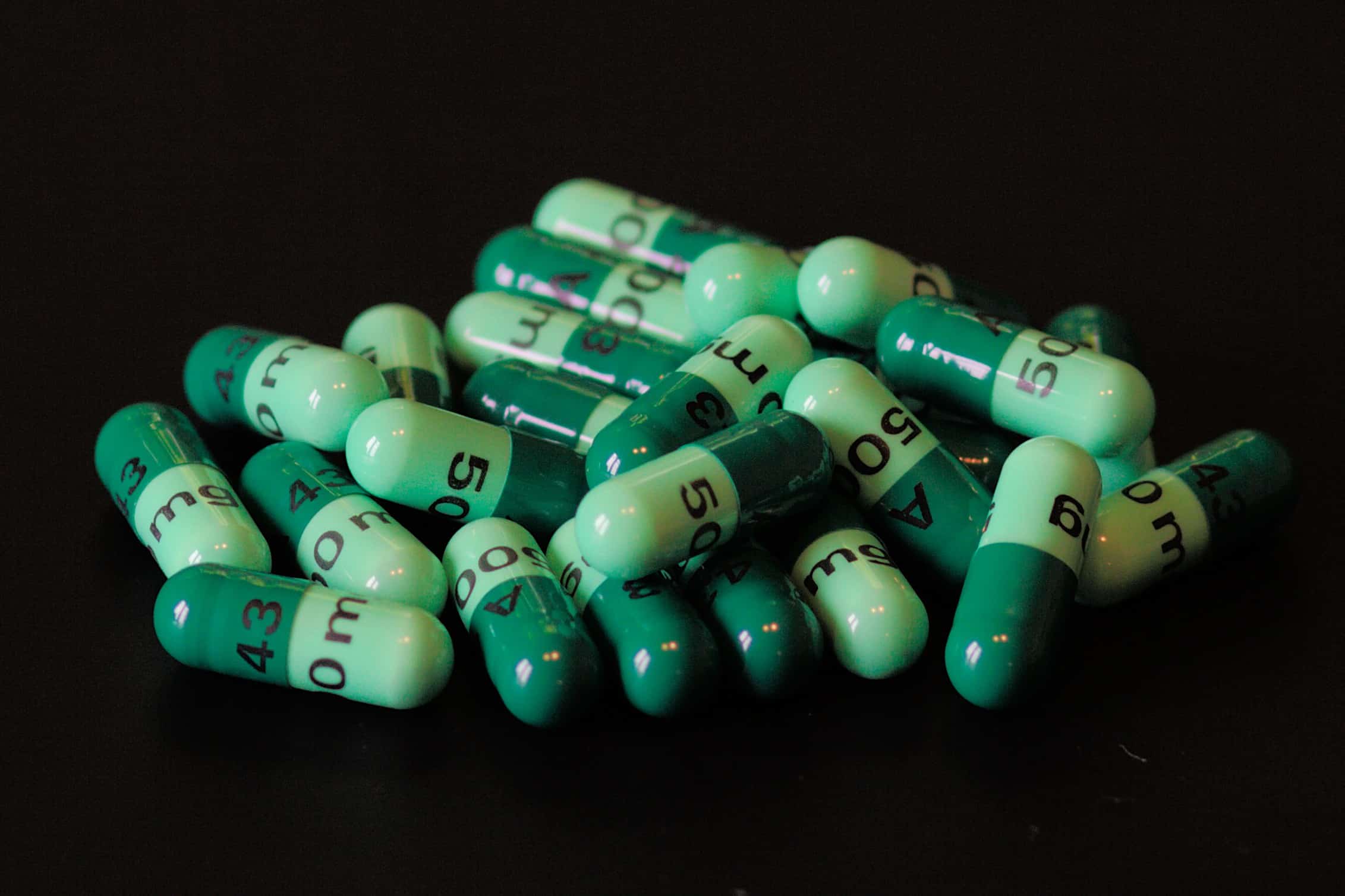April 17, 2015

A roundup of news on drug resistance and other topics in global health.
Sales of antibiotics used in livestock that are important for human medical use increased around 20% in the U.S. between 2009 and 2013, according to a new FDA report. The report, which details trends in animal antibiotic use under the Animal Drug User Fee Act, found that 9.2 million kilograms of medically important animal antibiotics were sold in 2013—just 17 percent of which were used to treat an animal illness. Though the report is concerning given the growing threat of antibiotic resistance, it doesn’t reflect more recent changes in animal antibiotic use, such as the FDA’s program to reduce use of antibiotic growth promoters, introduced in December 2013. [National Geographic, FDA]
A California bill that would ban vaccine exemptions progressed through the state’s Senate health committee but has stalled before coming to a full state senate vote. The bipartisan-sponsored Senate Bill 277 has already received both significant support and vocal opposition from those in legislature and the public, and some parents have declared that they would not send their children to school if mandatory vaccinations were to be enforced. Some have expressed skepticism regarding whether legislation is the best way to increase vaccination coverage, though: a New York Times article published this week noted that debates and vocal opposition may “politicize a decidedly bipartisan issue.” [Reuters, The New York Times]
Spending on prescription drugs in the U.S. increased 13.1% in the last year—to a total of $379 billion. According to a report from the IMS Institute Health Informatics, 2014 saw the greatest year-to-year percentage increase in prescription drug spending since 2001. Around half of new spending was on newly available medications, including over $11 billion spent on four new hepatitis C drugs for 161,000 Americans—a tenfold increase from 2013. [IMS, BMJ]
As the West African Ebola outbreak wanes and Ebola vaccine trials continue, some researchers are considering ways to optimize vaccine trials during an ongoing infectious disease outbreak. A paper published in PLOS Medicine this week investigated using a multi-stage approach (MSA) for vaccine trials during an outbreak that would test for effectiveness while also limiting patient harm and attempting to reduce the time needed to produce an effective treatment. The researchers compared the MSA approach, which has a non-randomized phase II component, with traditional randomized controlled trials and concluded that “the MSA—which begins with a less operationally challenging design and yet retains the ability to provide robust and informative results—must be considered.”
African leaders and U.S. officials signed an agreement Monday to create the first continent-wide African Centers for Disease Control and Prevention. Though the need for such an agency became clear after the West African Ebola outbreak, the idea for an organization that would bring together epidemiology-focused groups within the continent was first mentioned in 2013. It will be headquartered in Addis Ababa, Ethiopia, the home of the African Union, and will eventually include five regional centers. [NPR]
A UV light “robot” may be able to effectively clean hospital rooms and prevent hospital-acquired infections. According to a study from researchers at the Texas A&M College of Medicine, pulsed xenon ultraviolet (UV) light was found to be as effective at killing MRSA in hospital rooms as manual disinfection. The bot takes around 12 minutes to clean a room, and the researchers’ previous studies have shown that it is most effective when combined with manual disinfection—together the strategies kill around 99% of MRSA bacteria. [BMC Infectious Diseases]
Subsidies could be a key component in financing community sanitation improvements in low- and middle-income countries. A cluster-randomized study done in Bangladesh and published this week in Science found that latrine coverage expanded significantly when traditional community-motivation models included subsidies targeted at poorer communities. [Science]
An extract from maple syrup may be a useful antimicrobial agent. A study published in Applied and Environmental Microbiology found that Phenolic-Rich Maple Syrup Extract (PRMSE) showed antimicrobial activity as well as “strong synergistic interaction” with certain antibiotics against some Gram-negative bacteria. The extract would still need to undergo several years of testing before being used in a clinical context. [Applied and Environmental Microbiology]
Want to share interesting news with the digest? Email [email protected].
Image courtesy Wikimedia Commons.











